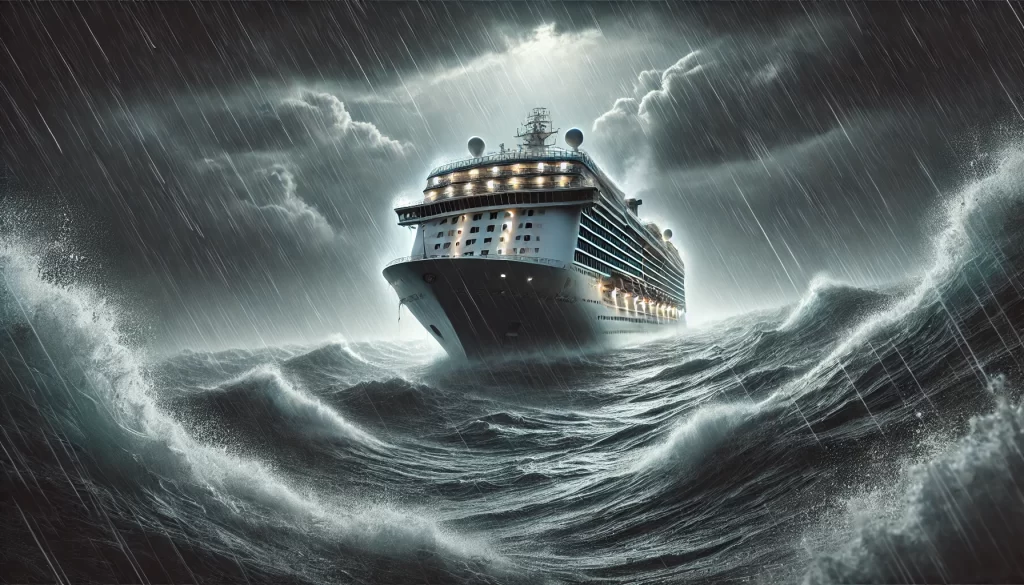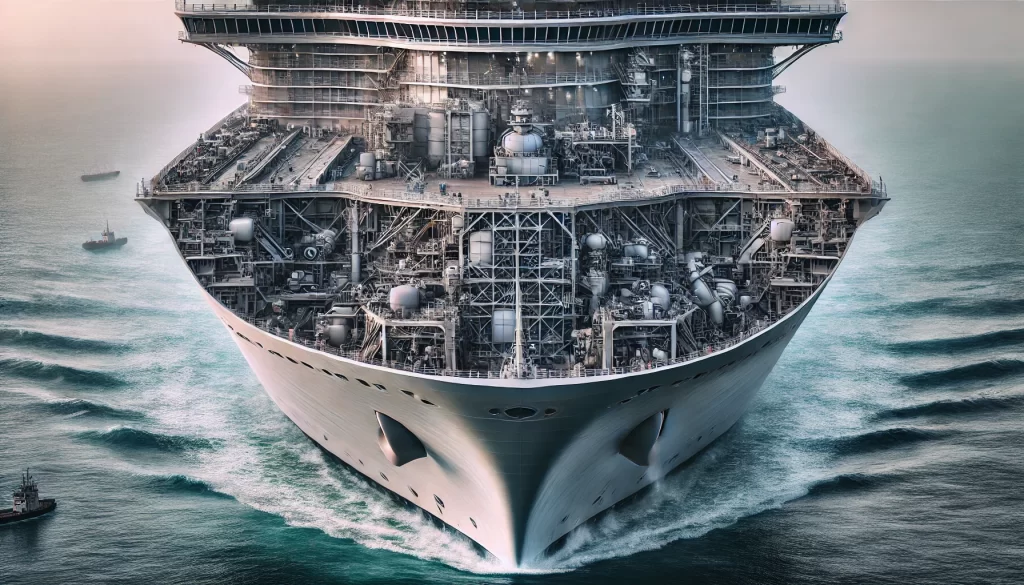How Much Does a Cruise Ship Weigh? Discover the Shocking Truth!
Table of Contents
Cruise ships are some of the most impressive machines on the planet, easily carrying thousands of people across oceans. But have you ever wondered how much does a cruise ship weigh? The weight of these massive vessels is astonishing, and many people are curious about how much does a cruise ship weigh compared to other forms of transportation. In this article, we’ll dive deep into the question of how much does a cruise ship weigh, explore how they stay afloat, and discover what makes them so incredibly heavy. Whether you’re a curious traveler or a ship enthusiast, you’ll learn fascinating facts about how much a cruise ship weighs.
What Factors Determine a Cruise Ship’s Weight?

How much does a cruise ship weigh? the answer isn’t as simple as one might think. Several factors contribute to the weight of these massive vessels.
- Size and Dimensions: The length of a cruise ship is a primary factor in its weight. Larger vessels are built to accommodate more passengers and offer more amenities, naturally increasing their weight.
- Materials Used: Cruise ships are made from steel, aluminum, and other heavy materials that provide strength and durability. The type of material plays a big role in the ship’s weight.
- Fuel and Supplies: The fuel and all the food, water, and other supplies on board a cruise ship add to its cruise ship add to its overall weight.
- Passengers and Crew: Each individual on the ship adds to the weight. When a boat is fully booked with passengers and crew, it weighs significantly more than when it’s empty.
Average Weight of Modern Cruise Ships
Now, let’s get to the numbers. How much does a cruise ship weigh on average? Modern cruise ships are nothing short of engineering marvels. Here are some examples:
- Small Cruise Ships weigh between 10,000 and 30,000 tons. They often carry fewer passengers and have more modest amenities.
- Mid-Sized Cruise Ships: A typical mid-sized cruise ship weighs between 70,000 and 100,000 tons. These ships are expected to be famous cruise lines and can accommodate thousands of passengers.
- Mega Cruise Ships: The largest cruise ships in the world can weigh over 200,000 tons! These giants can carry over 5,000 passengers and offer luxurious amenities, from multiple pools to theaters and even ice rinks.
For example, the Symphony of the Seas, one of the largest cruise ships in the world, weighs a staggering 228,081 tons. That’s like the weight of 40,000 elephants!
How Do Cruise Ships Stay Afloat Despite Their Massive Weight?

If you’re wondering how much does a cruise ship weigh, you might also ask, how do they stay afloat despite their immense weight? The answer lies in the principles of buoyancy and displacement.
- Buoyancy: Cruise ships are designed to displace water equal to their weight. As long as the ship displaces enough water, it stays afloat. This principle is called Archimedes’ Principle.
- Hull Design: The shape of the ship’s hull is critical. The wide, rounded hull allows the boat to displace much water and provides stability even in rough seas.
- Balance: Cruise ships are engineered to have a low center of gravity. This helps balance the boat and prevents it from tipping over, even in strong winds or high waves.
Does the Weight of a Cruise Ship Impact Its Speed?
It may seem logical to think that a heavier ship would move slower, but this isn’t always true. How much does a cruise ship weigh? can influence its speed, but modern engineering has found ways to minimize this effect.
- Efficient Engines: Cruise ships’ engines allow even the heaviest ships to travel at 20 to 25 knots (about 23 to 29 miles per hour).
- Streamlined Design: Cruise ships’ streamlined shape helps reduce water resistance, allowing them to glide through the water more easily.
So, while a heavier ship may require more fuel to reach top speeds, it can still travel efficiently across long distances without sacrificing too much speed.
How Do Cruise Ships Handle Storms?
A common concern for travelers is how cruise ships manage lousy weather. How much does a cruise ship weigh? plays a significant role in its stability, as its immense size and weight help it withstand rough seas. Given its weight, cruise ships are pretty stable, but let’s look into how they stay safe during storms.
- Stability Systems: Cruise ships are equipped with stabilizers that help reduce the side-to-side rocking motion during rough seas. These stabilizers use fins that extend from the sides of the boat to counteract the movement of waves.
- Weather Avoidance: Cruise lines have state-of-the-art technology to monitor weather conditions. If a storm is approaching, the ship can alter its course to avoid the worst weather.
Why Does Cruise Ship Weight Matter?

The weight of a cruise ship is essential for several reasons. Understanding how much does a cruise ship weighs help in many areas:
- Port Accessibility: Ports must know the ship’s weight to ensure their docks can handle it. Heavier ships need deeper waters for docking.
- Fuel Consumption: Heavier ships require more fuel to travel the same distance as lighter ships, impacting both cost and environmental concerns.
- Passenger Safety: A well-designed ship with the right balance of weight and structure ensures passenger safety during their voyage.
Knowing a ship’s weight also helps cruise lines plan safe and efficient routes for their vessels.
Interesting Facts About Cruise Ship Weight
Here are some surprising facts about the weight of cruise ships that you might find interesting:
- The Titanic, the largest ship in the world when it was built, weighed 46,328 tons. Today, many cruise ships are four to five times heavier than the Titanic.
- A cruise ship’s anchor alone can weigh up to 30 tons, equivalent to about six elephants!
- The paint on a large cruise ship can add up to 100 tons to its overall weight.
How much does a cruise ship weigh? The answer varies depending on the size and type of ship. While smaller vessels can weigh as little as 10,000 tons, the largest ships can weigh over 200,000 tons. Despite their massive weight, these engineering marvels glide smoothly across the ocean, carrying passengers to destinations worldwide.
Also Read: Type of Wave That Can Travel Through a Vacuum: Discover Nature’s Mysterious Messenger
How much does a cruise ship weigh plays a crucial role in its engineering, and understanding this weight adds to the appreciation of their complexity and the technology that keeps them afloat.
Whether you’re planning your next cruise or simply curious about these incredible vessels, knowing how much does a cruise ship weighs gives you a deeper insight into the impressive scale of modern cruising. Ultimately, knowing how much a cruise ship weighs is a key factor in grasping the marvel of these enormous floating cities.



